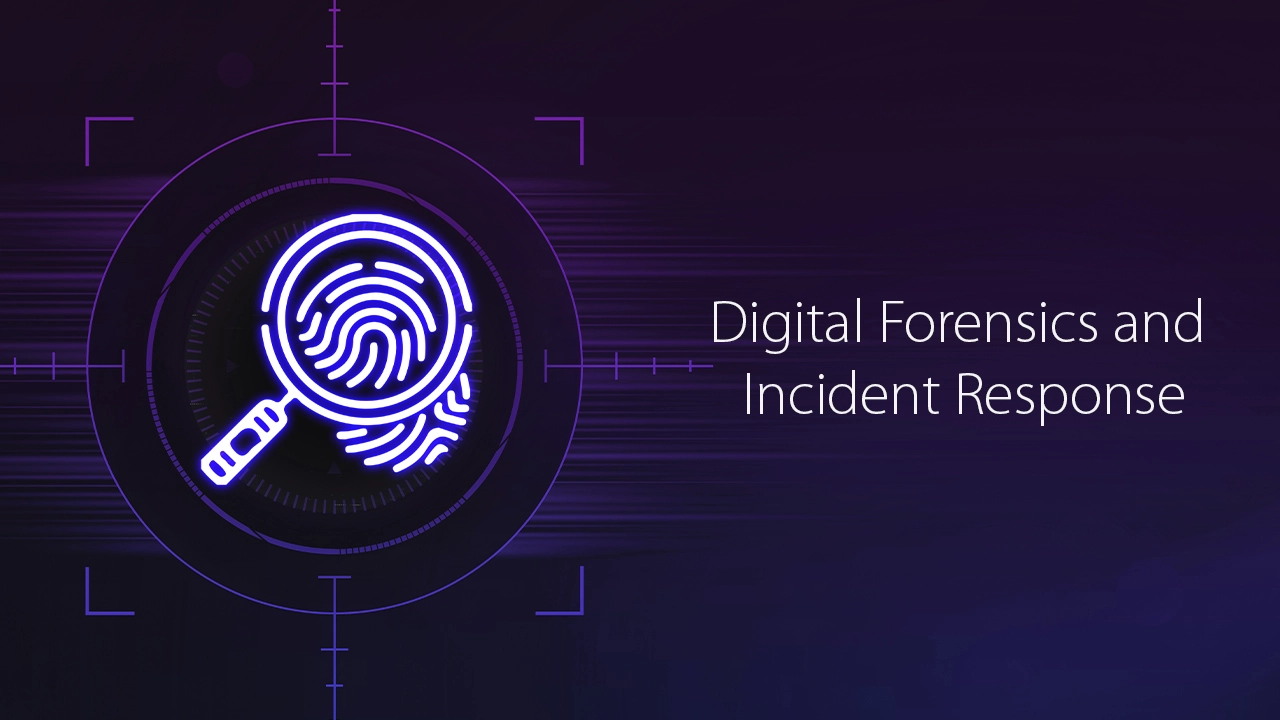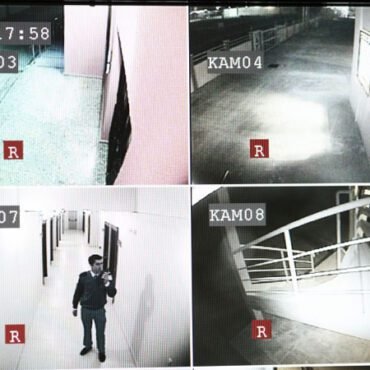Incident Response and Digital Forensic: A Powerful Duo
Introduction
In today’s fast-evolving digital world, cyber threats have become more frequent, complex, and damaging. Organizations are constantly under the risk of data breaches, ransomware attacks, insider threats, and advanced persistent threats (APTs). To counter these risks, two crucial disciplines—Incident Response (IR) and Digital Forensics (DF)—come together as a powerful duo. While incident response focuses on immediate action to contain and mitigate cyber incidents, digital forensics dives deep into analyzing evidence to understand how, when, and why the attack happened.
This combination not only helps organizations minimize damage but also strengthens their cybersecurity posture for the future.
What is Incident Response?
Incident Response (IR) refers to the structured approach an organization takes to identify, manage, and recover from cyberattacks or security incidents. The goal is to contain threats quickly and reduce downtime or financial loss.
Key Phases of Incident Response:
-
Preparation – Establishing an IR plan, setting up tools, and training staff.
-
Identification – Detecting anomalies or suspicious activities.
-
Containment – Isolating affected systems to prevent further spread.
-
Eradication – Removing malware, compromised accounts, or malicious processes.
-
Recovery – Restoring systems and ensuring normal operations.
-
Lessons Learned – Documenting the incident for future improvements.
What is Digital Forensics?
Digital Forensics (DF) is the practice of collecting, analyzing, and preserving electronic evidence from computers, mobile devices, servers, and networks. Unlike incident response, which is more immediate, digital forensics goes deeper into investigation.
Core Functions of Digital Forensics:
-
Evidence Collection – Acquiring data in a forensically sound manner.
-
Preservation – Ensuring the integrity of digital evidence.
-
Analysis – Investigating how attackers gained access, what data was stolen, and what methods were used.
-
Reporting – Preparing legally admissible reports for law enforcement or regulatory compliance.
How Incident Response and Digital Forensics Work Together
When combined, IR and DF form a synergistic relationship that strengthens cybersecurity defense:
-
Rapid Detection & Containment
-
Evidence Preservation During Response
-
Root Cause Analysis
-
DF investigates how the breach occurred (phishing, malware, insider threat), providing insights to IR teams for long-term remediation.
-
Legal and Compliance Support
-
DF ensures evidence can stand in court, while IR ensures compliance with regulations like GDPR, HIPAA, or ISO standards.
-
Continuous Improvement
Benefits of the IR + DF Duo
-
Minimized Downtime – Faster containment reduces business disruption.
-
Reduced Financial Losses – Quick action prevents costly damages.
-
Improved Security Posture – Forensic insights help in patching vulnerabilities.
-
Stronger Legal Defense – Proper evidence handling supports litigation.
-
Enhanced Customer Trust – Demonstrates commitment to cybersecurity.
Real-World Example
Imagine a financial institution facing a ransomware attack.
-
Incident Response team immediately isolates the infected servers and prevents the malware from spreading.
-
Digital Forensics experts then analyze the ransomware’s origin, trace the attacker’s footprint, and uncover the vulnerabilities exploited.
Together, they ensure both business continuity and legal accountability.
Best Practices for Organizations
-
Develop a comprehensive IR and DF plan before incidents occur.
-
Train teams with real-life simulations and tabletop exercises.
-
Maintain forensic readiness by enabling logging, monitoring, and secure backups.
-
Collaborate with external cyber forensic experts for specialized investigations.
-
Regularly update and review IR playbooks based on forensic findings.
Conclusion
Incident Response and Digital Forensics are no longer optional but essential components of modern cybersecurity. Incident Response acts as the first line of defense, while Digital Forensics provides the deep insights necessary for legal, technical, and preventive measures. Together, they form a powerful duo that not only protects organizations from immediate threats but also prepares them for future challenges.
By investing in both, organizations can move from being reactive to proactive, ensuring stronger resilience against evolving cyber threats.





Post comments (0)